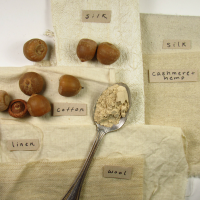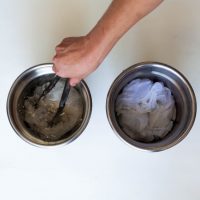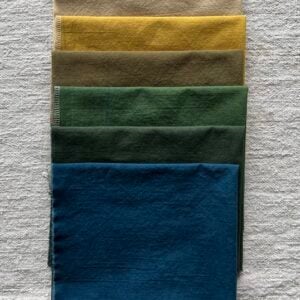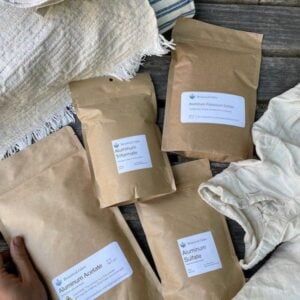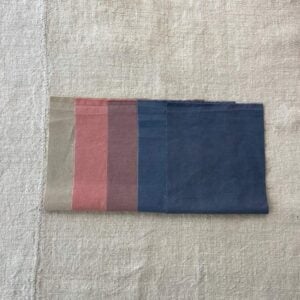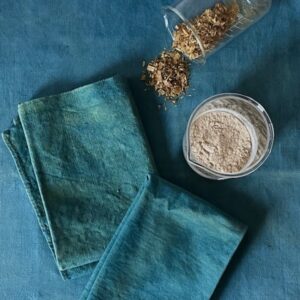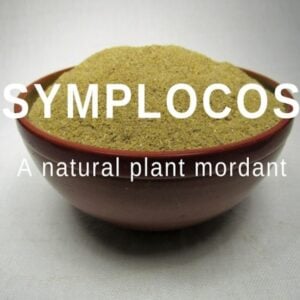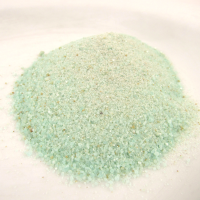MORDANT MONDAY: Which Plants Need Mordant?
We get mordant questions all the time at Botanical Colors so why not create Mordant Monday??? Got mordanting questions? Email [email protected] I keep getting mixed answers from people about dyeing with plants from my yard and whether I need to mordant or not when using them. Advice? I think some of the confusion arises over what plant we’re talking about. Many plants contain high levels of tannins and these can be used to mordant and dye in one step, rather than using the traditional mordant method with aluminum sulfate or aluminum acetate. Traditional tannin mordants include: Common garden and kitchen … Read more

